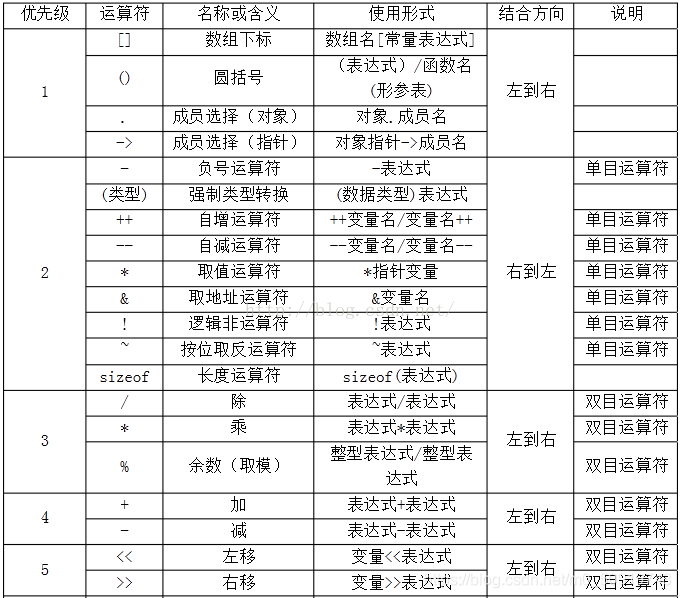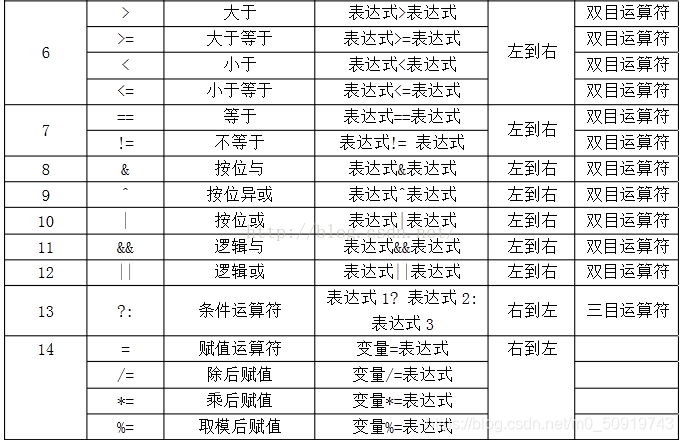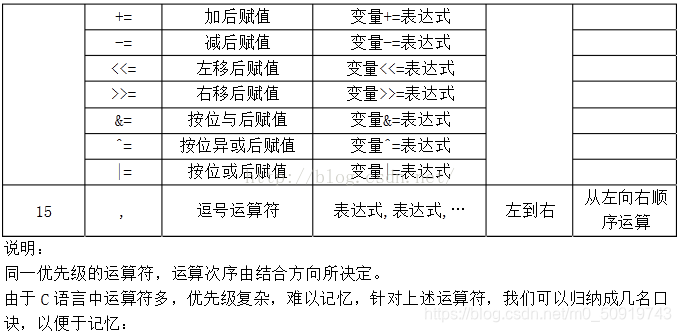
C language, as an ancient and powerful programming language, is the starting point for many programmers learning programming. It not only lays the foundation for learning other high-level languages but also has extensive applications in system programming, embedded development, and other fields. If you have already enrolled in our embedded course, let’s start learning together now.

1. More Direct Control Over Low-level Operations It can directly manipulate memory, giving programmers more control over program execution.
2. Strong Portability C language code can run on different operating systems and hardware platforms with minimal modifications.
3. Powerful Functionality C language can perform low-level system programming as well as high-level application development. It supports complex data types such as pointers, structures, and unions, allowing programmers to handle data more flexibly.
1. Data Types
There are various data types in C language, including integer, floating-point, and character types. Different data types occupy different memory spaces and have different value ranges.


(Image source: Internet)

(Image source: Internet)

(Image source: Internet)
Here is a simple C program to calculate the sum of two integers:

-
Write More Code The best way to learn C language is to write more code. Through practice, you can better understand C language syntax and programming concepts.
-
Read Excellent Code Reading excellent C language code can help you learn more programming skills and experiences. You can search online for some open-source C language projects or read code examples from classic C language books.
-
Programming Communication For those learning embedded systems at Songqin, friendly communication about programming in study groups can be very beneficial for practice and understanding.